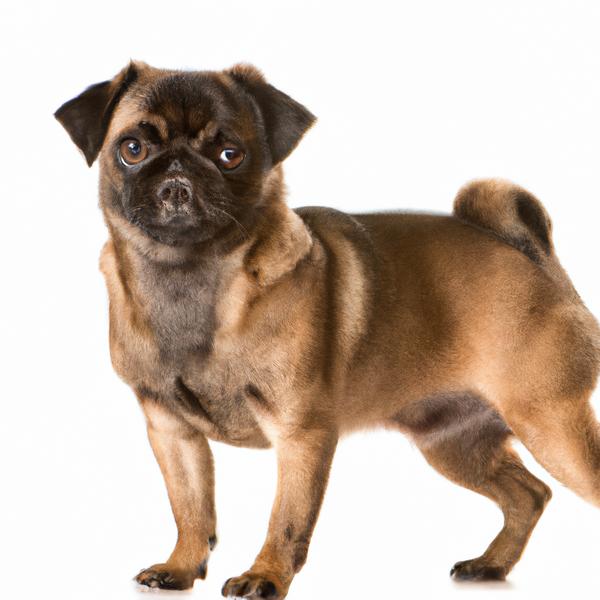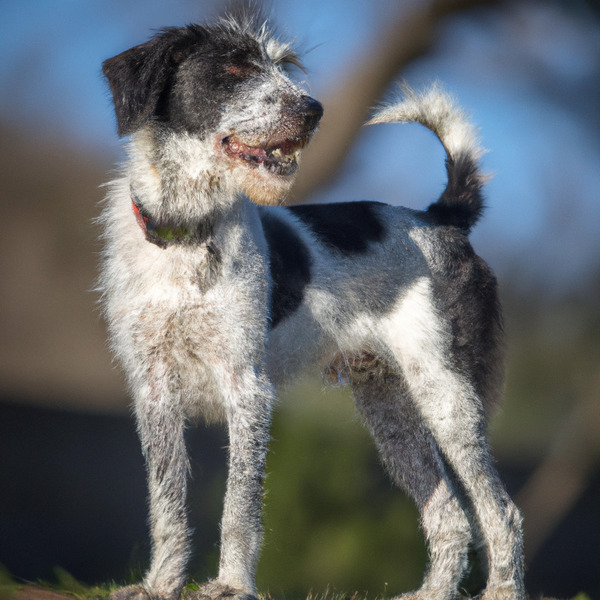Pugshire vs. Japanese Terrier: Breed Differences and Similarities
Hypoallergenic
Are Pugshires or Japanese Terriers hypoallergenic, or neither?
Unfortunately, neither Pugshire nor Japanese Terrier are hypoallergenic, which may not make them the best choice for dog lovers who suffer from pet allergies.
Temperament
What are the personalities of Pugshire and Japanese Terrier dogs?
Playful
Independent
Energetic
Alert
Courageous
Intelligent
Friendly
Affectionate
Loyal
Gentle
Going
Cheerful
Active
Cheerful
Swift
Affectionate
Lively
Vigilant
Shedding Level
Do Pugshires shed more than Japanese Terriers, or which breed sheds more, Pugshires or Japanese Terriers?
Pugshire or Japanese Terrier dogs are not heavy shedders, but they will lose a significant amount of hair each year. To decrease the amount of shedding, you can regularly brush your Pugshire or Japanese Terrier. This will remove loose hair and keep their coat growing in the same direction.
Watchdog Ability
Which dog breed makes a better watchdog, the Pugshire or Japanese Terrier?
Pugshires are decent watchdogs - they'll alert their owner if something seems amiss.
Japanese Terriers make excellent watchdogs - they're vocal and protective of their territory.
Origin
What is the origin of Pugshire and Japanese Terrier dog breeds?
United States
Japan
Ancestry
What are the origins of Pugshire and Japanese Terrier breeds?
Pug and Yorkshire Terrier
Smooth Fox Terrier, German Pinscher, Kobe Terrier
Date of Birth
When were Pugshire and Japanese Terrier breeds first developed?
2000s
1600s
Eye Color Possibilites
What are the eye colors of Pugshire and Japanese Terrier dogs?
Brown
Brown
Nose Color Possibilites
What are the natural nose colors of Pugshire and Japanese Terrier?
Black
Brown
Black
Coat Color Possibilites
What are the natural colors of the coat for Pugshire and Japanese Terrier breeds?
Black
Brown
Red
Fawn
Blue
Silver
Pied
Brindle
White
Black
Pied
Coat Length
What is the typical coat length for Pugshire and Japanese Terrier breeds?
Pugshires have longer coats compared to most dogs.
Japanese Terriers have coats that can be either short or medium in length.
Coat Density
What is the density of the coat of Pugshire and Japanese Terrier?
Coat Texture
What is the hair texture of Pugshire and Japanese Terrier?
Straight
Litter Size
What is the usual litter size for Pugshire and Japanese Terrier?
A Pugshire can have a litter of 4-6 puppies on average. However, it's worth noting that the size of the litters can vary greatly. Factors that can influence litter size include the health of the mother, breeding history, and genetics.
A Japanese Terrier can have a litter of 12-15 puppies on average. However, it's worth noting that the size of the litters can vary greatly. Factors that can influence litter size include the health of the mother, breeding history, and genetics.
Adaptability
Pugshires are highly adaptable and versatile, making them excellent companions for families and individuals of all lifestyles.
Japanese Terriers are known for their adaptability and can adjust well to different environments and lifestyle changes.
Health Issues
Between Pugshire and Japanese Terrier, which breed is more prone to health problems?
The Pugshire breed is generally very healthy, requiring minimal vet visits. Still, it's important to keep an eye on their health and seek veterinary care when needed.
Japanese Terriers typically have low vet costs due to their good health, but it's important to monitor their health and seek vet care when necessary.
Major Concerns
What are the major health concerns for Pugshire and Japanese Terrier breeds?
Patellar Luxation
Tracheal Collapse
Portosystemic Shunt
Brachycephalic Syndrome
Usually A Very Healthy Breed
Minor Concerns
What minor health issues should be kept in mind when owning Pugshire and Japanese Terrier?
Entropion
Skin-Fold Dermatitis
Exposure Keratopathy Syndrome
Keratoconjunctivitis Sicca (Dry Eye)
Ear Infections
Patellar Luxation
Eye Problems
Occasional Tests
What occasional tests are recommended for Pugshire and Japanese Terrier breeds?
Eye Examination
Respiratory Tests
Skin Evaluation
Blood Analysis
Diagnostic Imaging
DNA
X-Rays
Eye Examination
Yearly Eye Exam
Yearly Physical Examination
Energy
How do the energy levels of Pugshires and Japanese Terriers compare?
Pugshires are suitable for those with a balanced lifestyle as they have an average energy level.
Japanese Terriers thrive on an active lifestyle due to their high-energy nature.
Social Needs
Pugshire vs Japanese Terrier social needs comparison
Pugshire has very high social needs and requires regular mental and physical stimulation, a job or purpose, and companionship.
Japanese Terrier has above average social needs and thrives with interaction with humans and other dogs.
Exercise Needed
Pugshire vs Japanese Terrier exercise need comparison.
Pugshires need moderate physical activity and are great for families and active individuals.
Japanese Terriers need high physical activity and are ideal for active individuals, but not suitable for sedentary lifestyles or small apartments.
Sleeping Need
Which of the two sleeps the most/least: Pugshire or Japanese Terrier?
Pugshires sleep less than other breeds but still need adequate sleep for good health.
Japanese Terriers are active and require sufficient sleep to stay healthy.
Tendency to Bark
Do Pugshires or Japanese Terriers bark more/less frequently?
Pugshire and Japanese Terrier are vocal breeds, with a tendency to bark and howl frequently. They may not be the best fit for those seeking a quiet companion. Their barks can vary and can indicate different emotions and needs.
Mouthiness
Mouthiness Comparison: Pugshire vs Japanese Terrier?
Roaming urge
Pugshire vs Labrador: Running away tendency?
Prey Drive
Pugshire or Japanese Terrier - which breed has a higher level of prey drive?
Past times
What are some enjoyable activities and ways to keep Pugshire and Japanese Terrier entertained?
Going on drives, Fetch, Walking, Watching tv, Snuggling, Throwing a, Chasing each, Running, Go to Park, Football, Walk, Run, Tug-of-war, Cuddling
Run playin
Activity Level
Which breed has higher energy, Pugshires or Japanese Terriers?
Pugshires are medium-energy dogs and typically enjoy socializing and playing casual or even sustained games of chase with other dogs. They may also have occasional periods of barking or racing around the house.
Japanese Terriers are high-energy dogs. They need mental as well as physical exercise. These dogs require a lot of your involvement and without it they can, and will, become problematic dogs.
Tolerance of being left alone
Walks per Week
How many miles should Pugshire or Japanese Terrier walk each week?
There's really no limit to how far you walk your dog as long as they're comfortable. For Pugshire, it's at least 7 miles / week. Just remember to build distance and stamina gradually over time.
There's really no limit to how far you walk your dog as long as they're comfortable. For Japanese Terrier, it's at least 8 miles / week. Just remember to build distance and stamina gradually over time.
Activity per Day
Do Pugshires or Japanese Terriers require more exercise?
In general most Pugshires usually need at least 60 minutes of exercise daily. This can be spread across the day and include all sorts of high-energy activities, like walking, running and playing.
In general most Japanese Terriers usually need at least 30 minutes of exercise daily. This can be spread across the day and include all sorts of high-energy activities, like walking, running and playing.
Grooming
Which breed is easier to maintain in terms of grooming, Pugshires or Japanese Terriers?
The Pugshire requires an average amount of grooming compared to other breeds.
The Japanese Terrier is a low-maintenance breed that doesn't require much grooming.
Brushing Frequency
What is the recommended brushing frequency for Pugshire and Japanese Terrier dogs?
Ideally, Pugshire should be brushed at least 2 or 3 times a week (preferably daily) improve shedding.
Japanese Terrier should be brushed at least once a week. Of course you can give them more frequent brushes if you find that they are still shedding a lot
Brushing Tools
What brushing tools are used for Pugshires and Japanese Terriers?
Pin Brush
Slicker Brush
Comb
Nail Clipper
Slicker Brush
Nail Clipper
Cups
How much food should be given to Pugshire or Japanese Terrier in cups?
Pugshire and Japanese Terrier share the same recommended daily food intake of 1 cups, although the appropriate quantity may vary depending on the quality and nutritional content of their food.
Daily Cost
Which breed has a higher daily cost, Pugshire or Japanese Terrier?
Pugshire and Japanese Terrier have a similar average daily cost of around $1.10 - $1.40.
Monthly Cost
Which breed has a higher monthly cost, Pugshire or Japanese Terrier?
When it comes to monthly expenses, both Pugshire and Japanese Terrier have a similar average cost, ranging from $28 - $42. This results in an average yearly cost of around $336 - $504.
Intelligence
Comparing Intelligence: Pugshires vs Japanese Terriers
Pugshire has below average obedience intelligence, but they excel in understanding human emotions.
Japanese Terrier is a very intelligent and trainable breed.
Sensitivity Level
How do Pugshire and Japanese Terrier compare in sensitivity?
This breed is sensitive and requires gentle handling and a calm home environment.
This breed is sensitive to its environment and best suited for patient and understanding families with a consistent routine.
Affection Dependance
Which is the more affectionate dog breed: Pugshire vs Japanese Terrier?
Apartment Friendly
Which breed is more apartment-friendly: Pugshire or Japanese Terrier?
Pugshires make excellent apartment dogs, being fairly active indoors and not requiring a yard.
Japanese Terriers can do well in apartments with enough exercise and time outside, but a small yard would be ideal.
Child Friendly
Do Pugshires or Japanese Terriers have a friendlier temperament towards children?
Pugshires have an average level of friendliness towards children.
Japanese Terriers are good with kids if socialized and trained from a young age.
Senior-friendly
Which dog is more suitable as a pet for the elderly - Pugshire or Japanese Terrier?
Cat Friendly
Do Pugshire or Japanese Terrier breeds have a better compatibility with cats?
Pugshires are very friendly with cats and make great companions for them.
Japanese Terriers are average in their friendliness toward cats and tend to do well with them, especially if raised together.
Dog Friendly
Which breed is more sociable with other dogs: Pugshire or Japanese Terrier?
Pugshires and Japanese Terriers are friendly, active and loyal companions. They generally love to be around other dogs, making them a good family pet for some.
Pet friendly
How do Pugshire or Japanese Terrier dogs interact with other pets?
Stranger Friendly
Which breed is more friendly with strangers: Pugshire or Japanese Terrier?
Pugshire and Japanese Terrier are friendly dogs and typically won't bark at strangers. However, if you wish to change this behavior, training them is easy thanks to their intelligence, making it pretty simple to teach them anything.
Playfulness
Which breed is more playful between Pugshire and Japanese Terrier?
Pugshires have an average level of playfulness, enjoying playtime like most dogs but not excessively so.
Japanese Terriers are very playful, so adopting an older one might be a better option for a more relaxed experience.
Trainability
How do the trainability levels of Pugshires and Japanese Terriers compare?
Pugshires are usually easy to train but require consistency to fully obey commands.
Japanese Terriers are popular for their ease of training and quick learning ability.
Compare Pugshire with other breeds
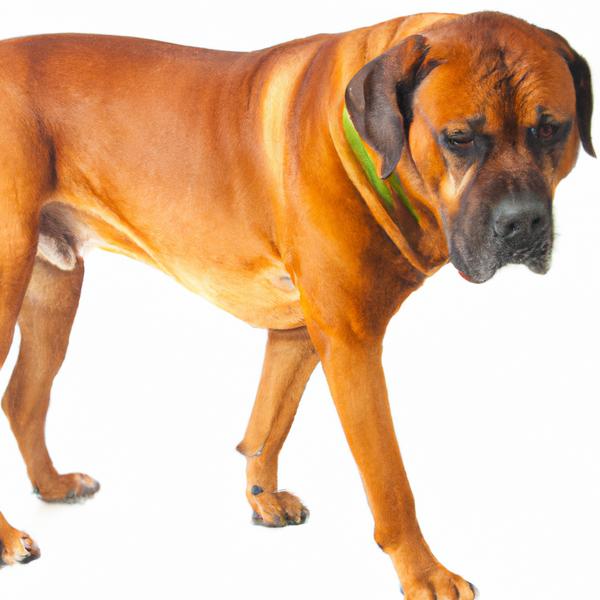
Corsengi
Pugshire vs Corsengi
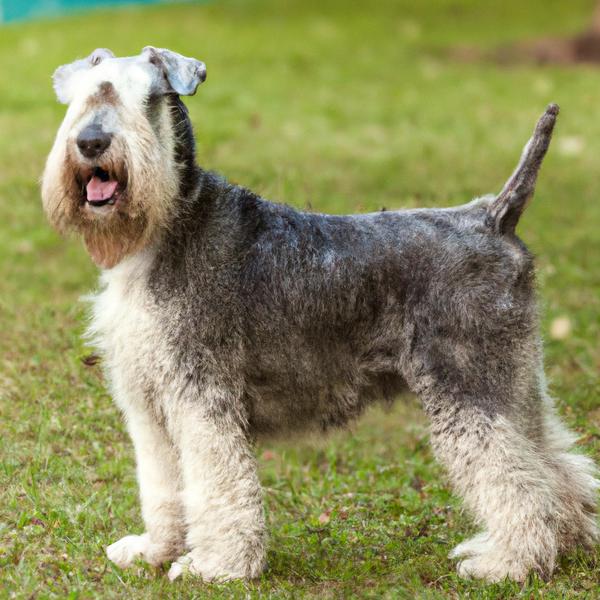
Sealyham Terrier
Pugshire vs Sealyham Terrier

Mini Bolonauzer
Pugshire vs Mini Bolonauzer
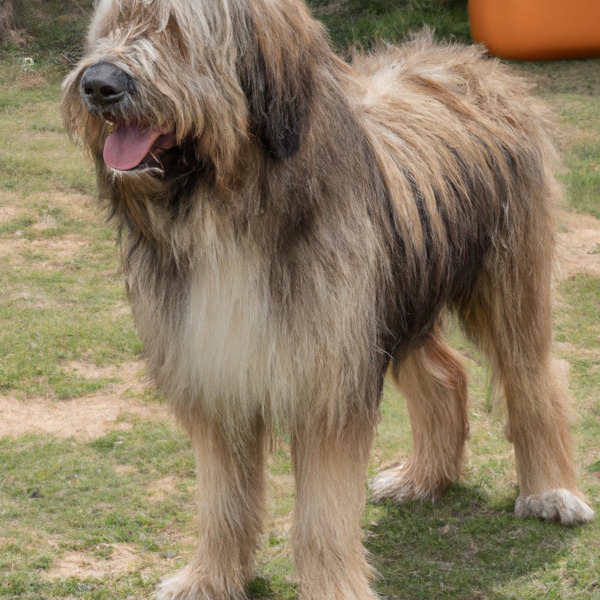
Catalan Sheepdog
Pugshire vs Catalan Sheepdog
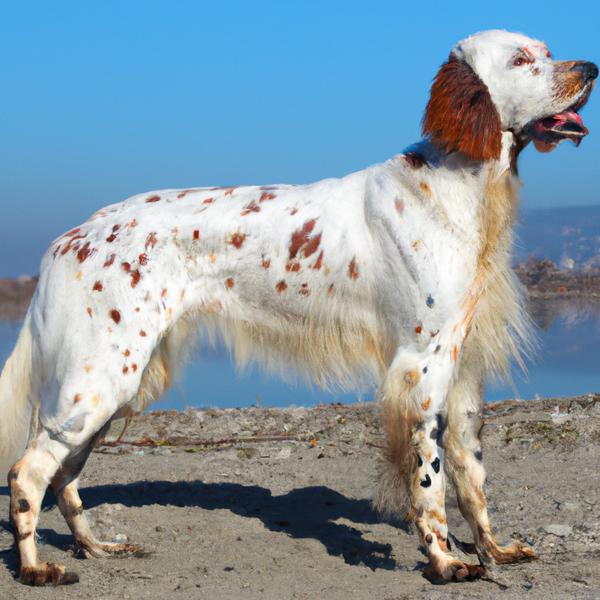
English Setter
Pugshire vs English Setter

Silky Cocker
Pugshire vs Silky Cocker
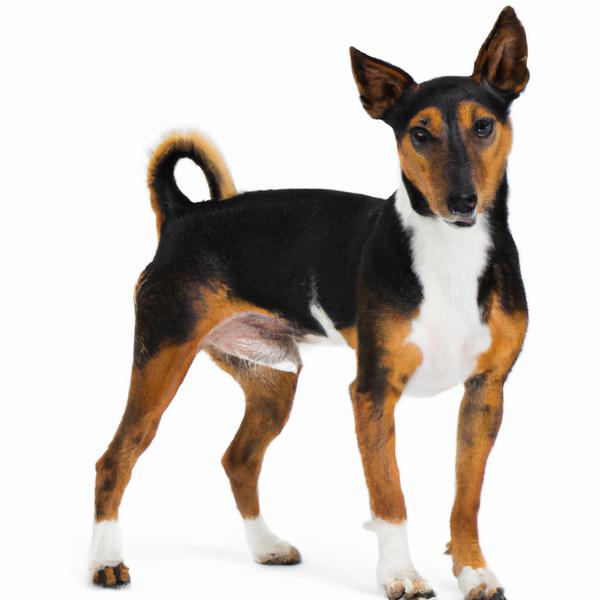
Welsh Toy Fox Terrier
Pugshire vs Welsh Toy Fox Terrier
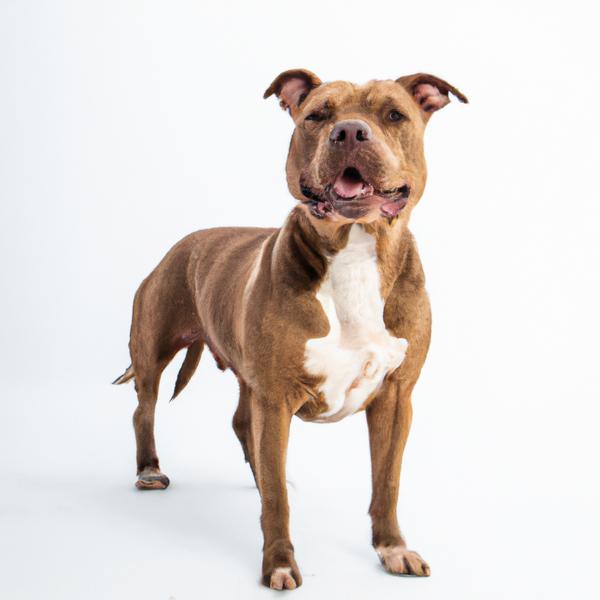
Pit Pei
Pugshire vs Pit Pei
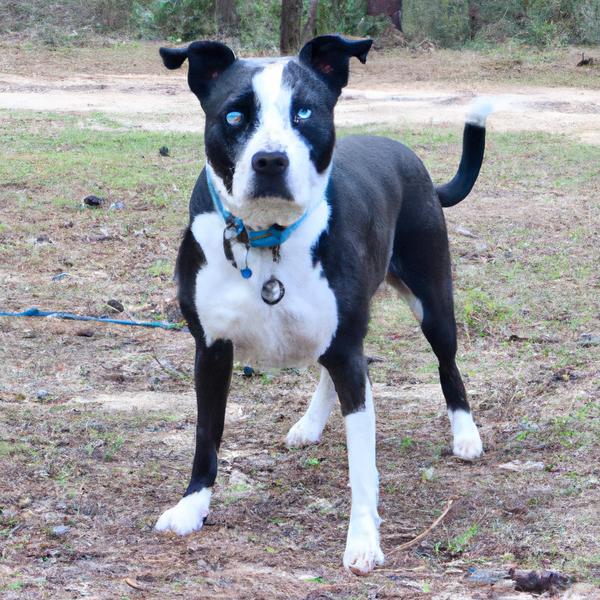
Border Collie Pit
Pugshire vs Border Collie Pit
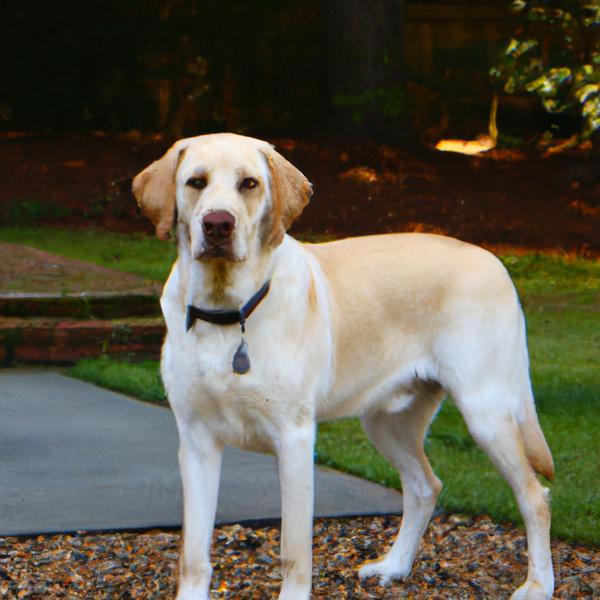
Clumber Lab
Pugshire vs Clumber Lab
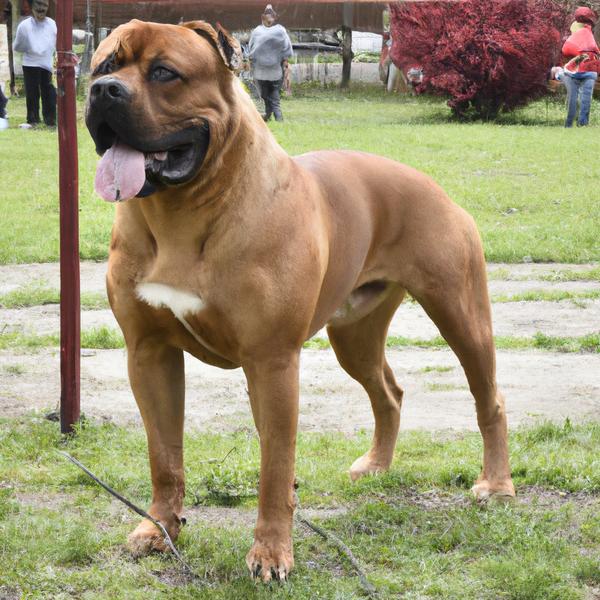
Pit Bullmastiff
Pugshire vs Pit Bullmastiff
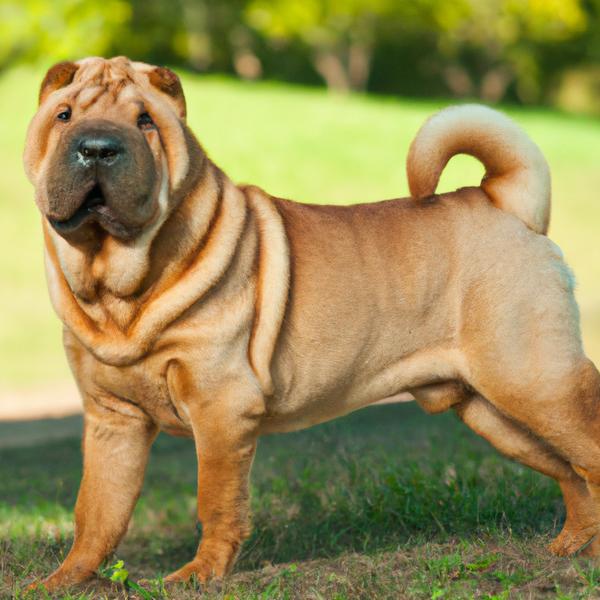
Chinese Shar-Pei
Pugshire vs Chinese Shar-Pei
